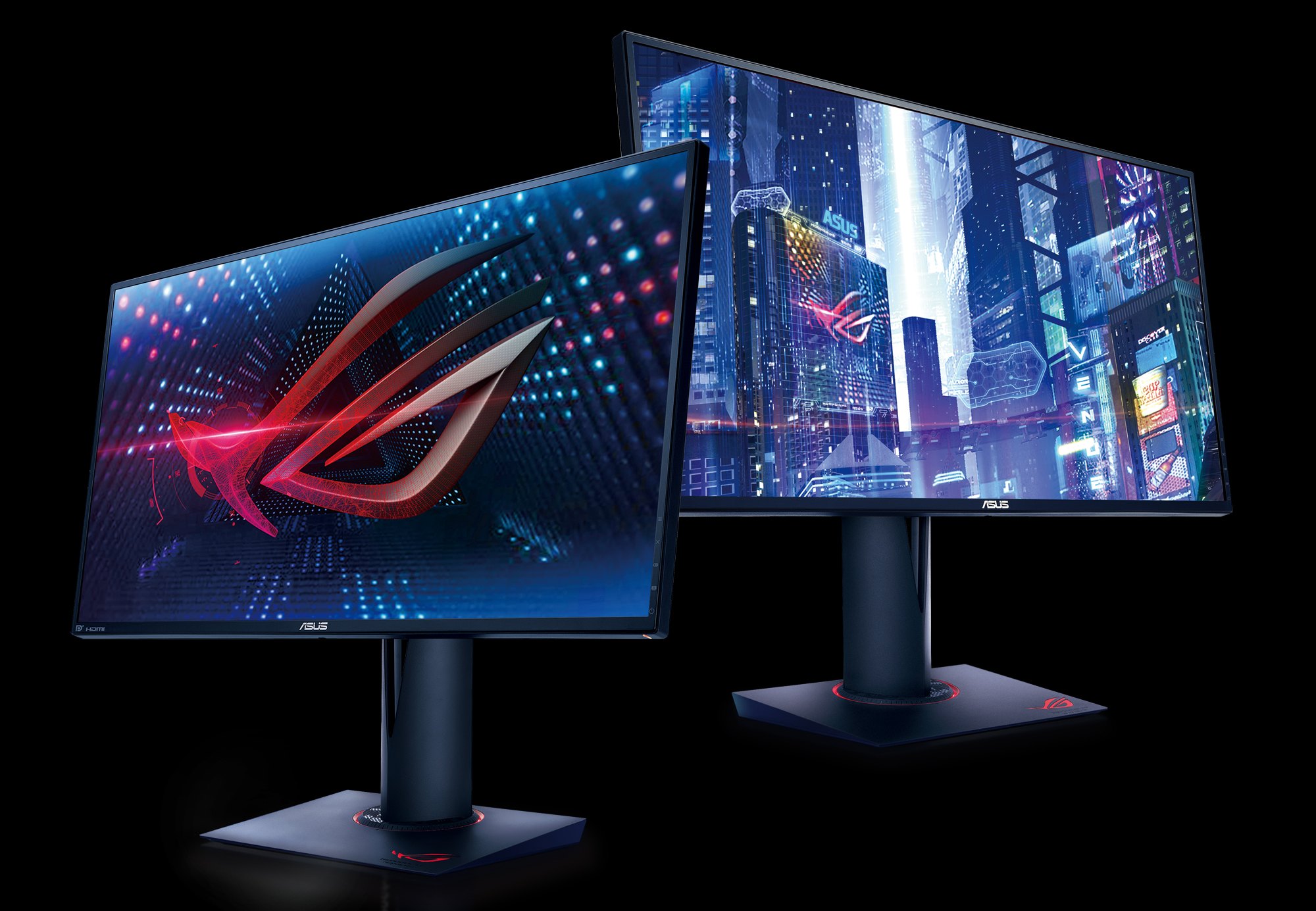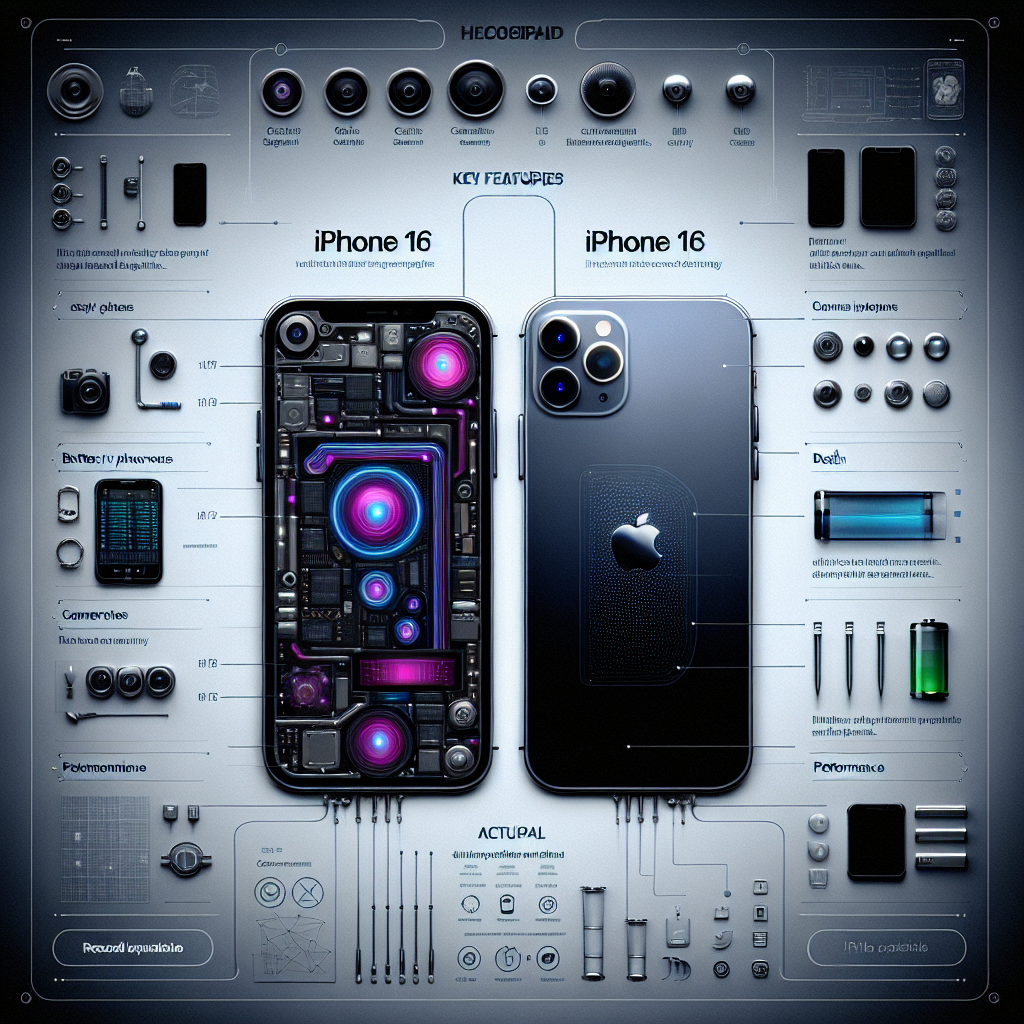
iPhone 16 vs. iPhone 13: Should You Upgrade?
As technology continues to advance rapidly, the typical iPhone user usually keeps their device for around three years before thinking about an upgrade. With the iPhone 16 approaching release, many users of the iPhone 13 are probably considering their choices. Should they continue with their dependable device or embrace the latest Apple innovation? This article thoroughly explores the expected differences between the iPhone 16 and the iPhone 13, aiding you in making a well-informed choice.
iPhone 16 vs. iPhone 13: Examining Physical Dimensions
One of the key distinctions between the iPhone 13 and the upcoming iPhone 16 lies in the dimensions and weight of the models. The iPhone 13 came in both standard and mini versions, with the standard model measuring 5.78 by 2.82 inches and weighing 6.14 ounces. The more compact iPhone 13 mini measured 5.18 inches in height and weighed 4.97 ounces.
Looking ahead to the iPhone 16, users can anticipate a change in available models. The iPhone 16 is set to be accompanied by a Plus variant, following the pattern established by the iPhone 15. The iPhone 16 Plus is expected to be significantly larger, with size dimensions akin to the iPhone 15 Plus, which stands at 6.33 inches tall and 3.06 inches wide. This size evolution may represent a considerable adjustment for those who preferred the smaller iPhone 13 mini.
Display: Advancements in Brightness and Aesthetics
Apple’s display technology has made steady progress over recent years, and the iPhone 16 is expected to uphold this momentum. The iPhone 13 showcased a 6.1-inch Super Retina XDR display with a resolution of 2,532 by 1,170 pixels, while its mini counterpart boasted a 5.4-inch display with a marginally lower resolution but a higher pixel density of 476ppi.
The new iPhone 16 is likely to preserve the Super Retina XDR technology, enhancing brightness and possibly other factors. The iPhone 13 could reach up to 800 nits of regular max brightness and 1,200 nits for HDR. However, the iPhone 16 is anticipated to exceed these levels, potentially matching or surpassing the iPhone 15’s 1,000 nits of typical max brightness, 1,600 nits for HDR, and up to 2,000 nits for maximum outdoor brightness.
A highly anticipated alteration is the elimination of the notch. The iPhone 16 is forecasted to incorporate the Dynamic Island, a punch-hole camera design that integrates into the user interface, replacing the conventional notch found on the iPhone 13.
Camera Enhancements: Increased Resolution and Better Features
The camera is often a decisive factor for those contemplating a smartphone upgrade, and the iPhone 16 is projected to present substantial improvements compared to the iPhone 13. The iPhone 13 came with two 12MP cameras (Wide and Ultra Wide), along with technologies like Sensor-shift optical image stabilization and HDR Dolby Vision.
For the iPhone 16, speculations suggest a transition to a vertical camera setup, which could optimize capturing spatial videos and photos, especially in conjunction with Apple Vision Pro. The primary camera is expected to boast a 48MP sensor, a significant upgrade from the iPhone 13’s 12MP cameras. This enhancement would facilitate higher-resolution captures and enhanced digital zoom capabilities.
In terms of video capabilities, the iPhone 16 might allow 4K HDR recording at 30fps in Cinematic mode, as well as other advanced features such as Action Mode and potentially even Log recording for more professional-grade video outputs.
Processing Power: A Major Upgrade
The iPhone 13 operated on the A15 Bionic chip, which was leading-edge at its launch. It featured a six-core CPU, a four-core GPU, and a 16-core Neural Engine. Fast forward to the iPhone 16, which is anticipated to include a newer A18 chip, providing considerable performance enhancements.
Benchmark comparisons between the A15 and the expected A18 (or similar) chip in the iPhone 16 imply a 30-36% increase in CPU performance and a 53% rise in GPU performance. The Neural Engine is also rumored to receive significant upgrades, enhancing the device’s AI and machine learning capabilities.
These performance gains will be essential for supporting Apple’s newest innovations, including Apple Intelligence, the company’s AI-driven features that are likely to become standard in upcoming devices.
Connectivity: Embracing the Future with USB-C and Enhanced Wireless
Connectivity is another domain where the iPhone 16 may surpass its predecessor. The iPhone 13 supported 5G, Wi-Fi 6, Bluetooth 5.0, and utilized a Lightning port for charging. In contrast, the iPhone 16 is likely to feature Wi-Fi 6E or even Wi-Fi 7, in addition to Bluetooth 5.3 for quicker and more stable wireless connections.
A significant transition will be the replacement of the Lightning port with USB-C, a change already implemented in the iPhone 15. This adjustment is in line with global standards and permits faster data transfer and charging speeds—though it remains uncertain whether Apple will enhance data transfer rates beyond USB 2.0.
Battery Life and Charging: Gradual yet Significant Enhancements
Battery performance remains a crucial aspect for smartphone users. The iPhone 13 provided up to 19 hours of video playback, while the mini version offered up to 17 hours. The iPhone 16 is expected to deliver similar or slightly improved battery life due to advancements in battery technology and the efficiency of the A18 chip.
Charging methods are likely to stay consistent with those offered in the iPhone 13, including compatibility with Qi, Qi2, and MagSafe wireless charging, along with fast wired charging options.
Is Upgrading to the iPhone 16 a Wise Choice for iPhone 13 Users?
For those with an iPhone 13, determining whether to upgrade to the iPhone 16 hinges on personal preferences and requirements. If you seek a substantial improvement in camera performance, processing speed, and display brightness, the iPhone 16 likely provides strong incentives to switch. The expected debut of Apple Intelligence and additional AI-driven features also enhances its appeal, making the iPhone 16 a forward-looking option for those wishing to keep pace with technology.
Nonetheless, if your iPhone 13 continues to fulfill your needs and you’re not particularly interested in the latest features, it may be worth holding off for another year or two. The iPhone 16 will surely be a powerful gadget, but the decision to upgrade should align with your specific needs and financial considerations.
Conclusion
The iPhone 16 is set to be a marked upgrade from the iPhone 13, offering advancements in camera features, processing capabilities, display quality, and connectivity. For enthusiasts eager to have the latest technology, considering an upgrade to the iPhone 16 upon its release could prove to be a beneficial choice. However, for those satisfied with their iPhone 13’s performance, it may be wise to wait and see what future iterations bring.
Q&A: Important Queries Regarding the Upgrade from iPhone 13 to iPhone 16
Q1: What are the significant differences in display quality between the iPhone 13 and iPhone 16?
The iPhone 16 is expected to have a brighter and more advanced Super Retina XDR display, potentially outshining the iPhone 13 in peak brightness and visibility outdoors. Furthermore, the iPhone 16 may exchange the notch for the Dynamic Island, resulting in a more immersive viewing experience.
Q2: Will the iPhone 16 feature a considerably better camera compared to the iPhone 13?
Indeed, the iPhone 16 is rumored to have a 48MP primary camera, making a considerable upgrade from the iPhone 13’s 12MP cameras. This enhancement will enable higher-resolution captures and improved digital zooming.
Q3: How does the processing power of the iPhone 16 stack up against the iPhone 13?
The iPhone 16 is expected to run on an A18 chip, delivering a 30-36% enhancement in CPU performance and a 53% increase in GPU performance compared to the A15 Bionic chip in the iPhone 13. This will result in quicker app loading times, smoother multitasking, and overall improved performance.
Q4: Is upgrading to the iPhone 16 worthwhile if I still have a functioning iPhone 13?
If your iPhone 13 continues to meet your needs, the decision to upgrade hinges on if you appreciate the new features anticipated in the iPhone 16, such as enhanced camera capabilities, swifter processing, and better screen brightness. If these aspects are significant for you, an upgrade may be justifiable.
Q5: Will the iPhone 16 support USB-C charging?
Yes, the iPhone 16 is anticipated to follow through on the transition to USB-C, as seen with the iPhone 15. This switch will facilitate increased charging speed and data transfer rates compared to the Lightning port from the iPhone 13.
Q6: What connectivity enhancements can I expect with the iPhone 16?
The iPhone 16 is set to feature Wi-Fi 6E or Wi-Fi 7, providing improved wireless connectivity compared to the iPhone 13’s offerings.